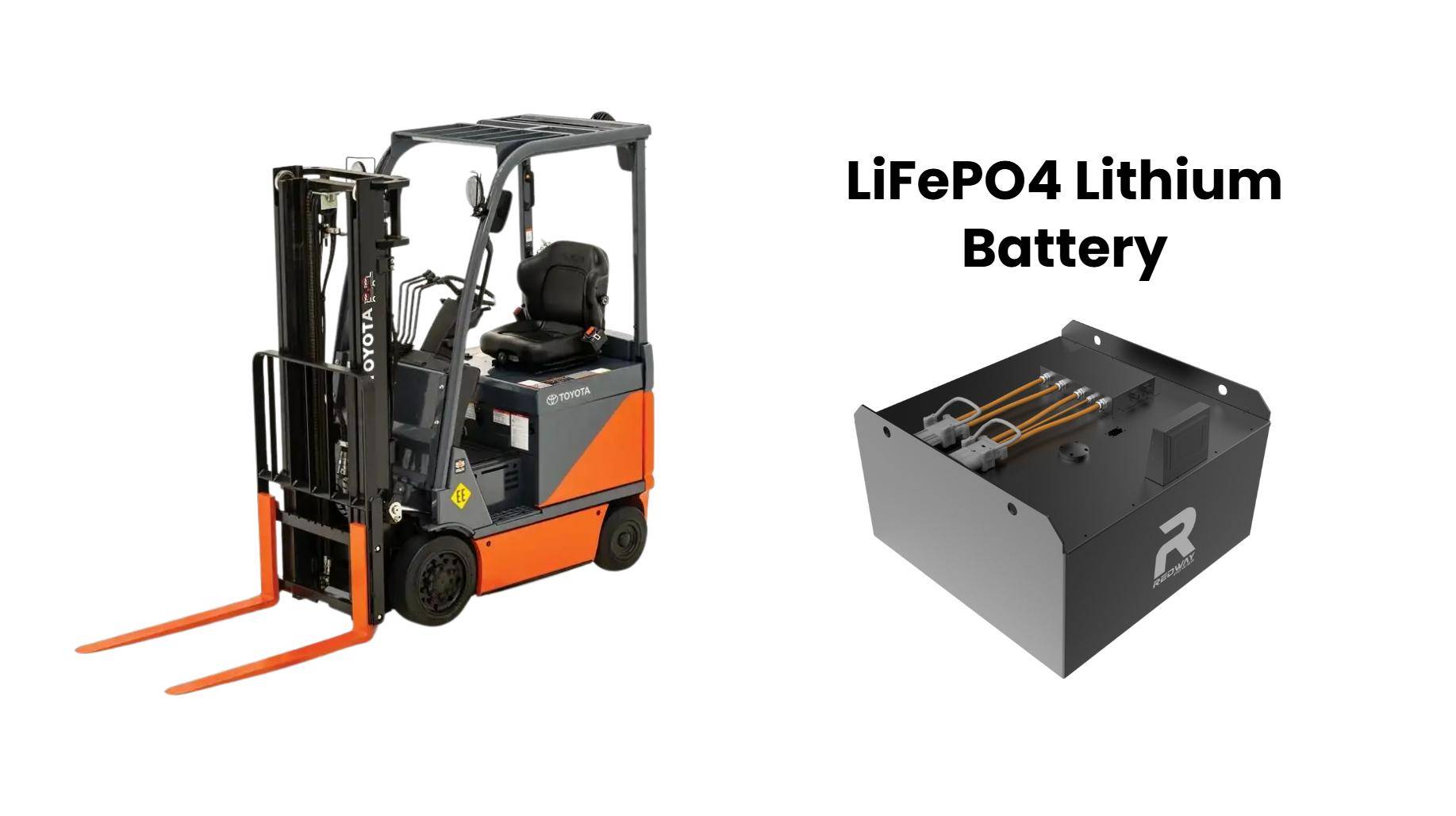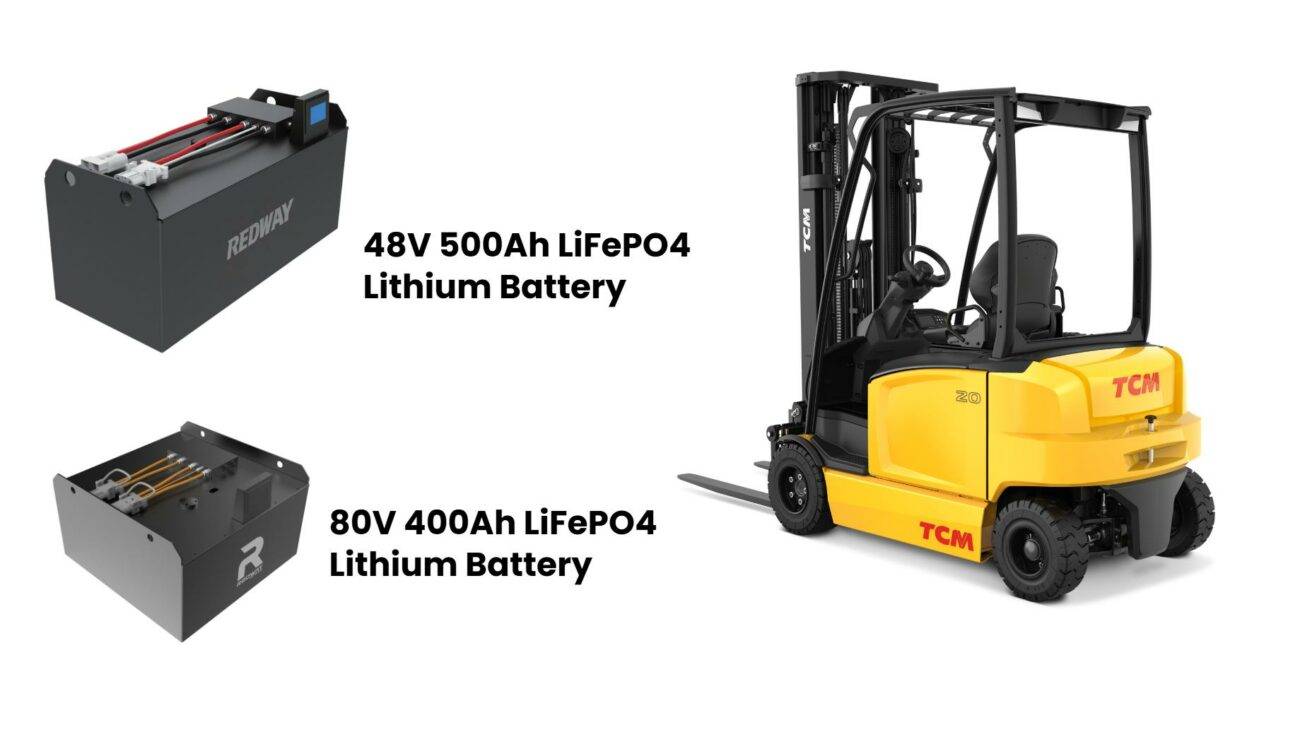
Blog
What Are the Essential Aspects of Forklift Battery Maintenance and Performance?

Forklift batteries are critical for warehouse operations, requiring proper care to maximize lifespan and efficiency. Key factors include battery type (lead-acid vs. lithium-ion), charging practices, maintenance routines, and safety protocols. Regular watering, temperature control, and avoiding deep discharges enhance performance. Lithium-ion batteries offer longer lifespans and faster charging but come with higher upfront costs. Proper handling ensures safety and reduces downtime.
48v Lithium Forklift Batteries
How Do Forklift Battery Types Differ in Performance and Cost?
Lead-acid batteries are cost-effective upfront but require regular maintenance, including watering and equalization. Lithium-ion batteries are maintenance-free, charge faster, and last 2-3 times longer, but their initial cost is higher. Choosing between them depends on usage frequency, budget, and operational demands. Lithium-ion suits high-throughput environments, while lead-acid remains viable for smaller operations with lower budgets.
| Feature | Lead-Acid | Lithium-Ion |
|---|---|---|
| Initial Cost | $2,000–$6,000 | $8,000–$20,000 |
| Cycle Life | 1,200–1,500 cycles | 3,000–5,000 cycles |
| Charging Time | 8–12 hours | 1–3 hours |
Lead-acid batteries dominate markets with intermittent usage, such as seasonal warehouses, due to lower upfront investment. However, facilities operating multiple shifts benefit from lithium-ion’s rapid charging, which eliminates battery swapping and reduces labor costs. For example, a distribution center running 24/7 could recover 30% of floor space previously used for backup batteries by switching to lithium-ion. Environmental factors also play a role: lead-acid requires acid-neutralization systems, while lithium-ion’s sealed design minimizes spill risks.
What Are the Best Practices for Charging Forklift Batteries?
Avoid partial charging for lead-acid batteries to prevent sulfation. Use opportunity charging for lithium-ion. Ensure chargers match battery specifications. Cool batteries before recharging and maintain ambient temperatures below 113°F. Follow manufacturer guidelines to prevent overheating and overcharging, which degrade battery life. Implement scheduled charging cycles to balance workload and energy efficiency.
How Can You Extend the Lifespan of a Forklift Battery?
Water lead-acid batteries weekly with distilled water and perform equalization monthly. Store batteries in cool, dry environments. Avoid deep discharges below 20% capacity. For lithium-ion, avoid full discharges and maintain a 30-80% charge range. Regular inspections for corrosion, leaks, and cable wear prevent unexpected failures. Train operators on proper handling to minimize physical damage.
What Safety Risks Are Associated with Forklift Batteries?
Hydrogen gas emissions from lead-acid batteries pose explosion risks, requiring ventilation. Acid spills cause chemical burns, necessitating PPE during maintenance. Lithium-ion batteries risk thermal runaway if damaged. Ensure fire suppression systems are compatible (e.g., Class D extinguishers for lithium). Implement emergency wash stations and OSHA-compliant protocols for spill management and thermal incidents.
How Do Environmental Factors Impact Forklift Battery Efficiency?
High temperatures accelerate water loss in lead-acid batteries and degrade lithium-ion cells. Cold environments reduce charge capacity. Maintain storage areas at 50-77°F. Humidity control prevents terminal corrosion. Dust and debris clog vents, increasing overheating risks. Climate-controlled charging stations optimize performance and longevity across battery types.
What Are the Hidden Costs of Forklift Battery Ownership?
Beyond upfront costs, consider maintenance labor, water usage, electricity, and downtime. Lead-acid requires more frequent replacement (3-5 years vs. lithium-ion’s 8-10). Recycling fees for lead-acid range $50-$150 per ton. Lithium-ion’s higher energy efficiency reduces long-term energy costs. Calculate total lifecycle expenses to determine ROI.
| Cost Category | Lead-Acid | Lithium-Ion |
|---|---|---|
| Annual Maintenance | $500–$1,200 | $0–$200 |
| Energy Consumption | 15–20 kWh/charge | 10–12 kWh/charge |
| Disposal Cost | $50–$150/ton | $100–$300/unit |
Many facilities overlook indirect expenses like ventilation upgrades for lead-acid or specialized chargers for lithium-ion. For instance, retrofitting a warehouse with hydrogen sensors and exhaust fans can add $10,000–$15,000 to initial setup costs. Conversely, lithium-ion’s 92% energy efficiency versus lead-acid’s 80% translates to annual savings of $1,500–$2,000 per battery in high-usage scenarios. Additionally, lead-acid’s shorter lifespan means purchasing 2-3 units over a decade, while lithium-ion’s durability often requires only one replacement.
Expert Views
“Adopting lithium-ion forklift batteries reduces operational downtime by 30% due to faster charging cycles,” notes a Redway Power expert. “However, facilities must invest in compatible chargers and training. For lead-acid users, automated watering systems cut maintenance costs by 40%. Always prioritize thermal management—overheating remains the top cause of premature battery failure across technologies.”
Conclusion
Optimizing forklift battery performance hinges on selecting the right type, adhering to charging protocols, and proactive maintenance. Lithium-ion offers long-term savings for high-use facilities, while lead-acid suits budget-limited operations. Regular training and environmental controls mitigate safety risks. Evaluate total ownership costs and implement tailored strategies to maximize ROI and operational efficiency.
FAQ Section
- How often should I water lead-acid forklift batteries?
- Water every 5-10 charging cycles, ensuring plates are covered by ¼ inch of electrolyte. Use distilled water to avoid mineral buildup.
- Can lithium-ion forklift batteries be charged overnight?
- Yes. Lithium-ion batteries support opportunity charging without memory effect. Partial charges are safe and extend lifespan.
- What is the average cost to replace a forklift battery?
- Lead-acid costs $2,000-$6,000; lithium-ion ranges $8,000-$20,000. Prices vary by capacity (e.g., 48V/750Ah lithium-ion averages $15,000).




